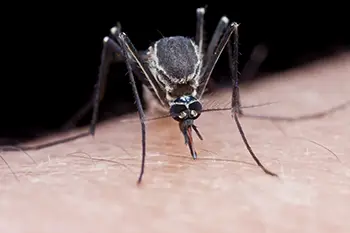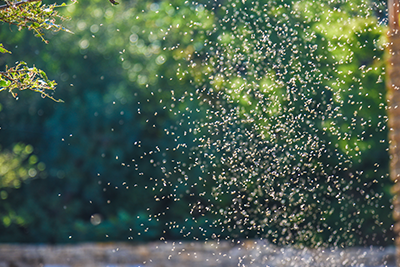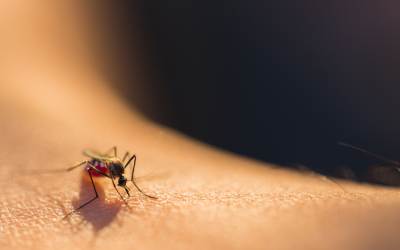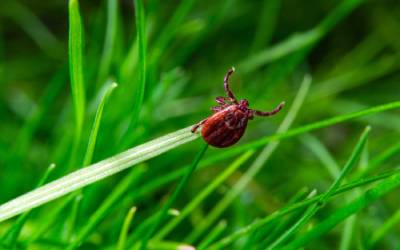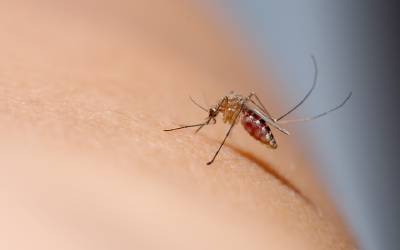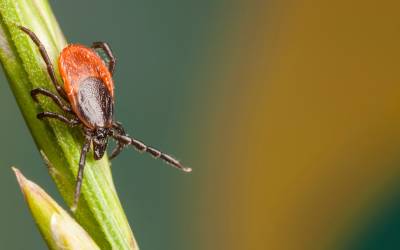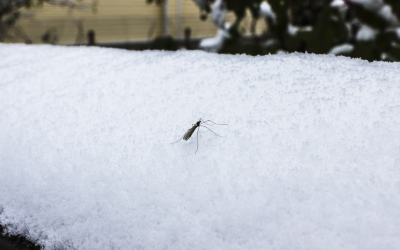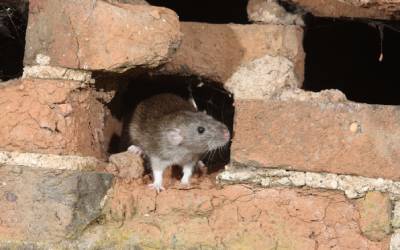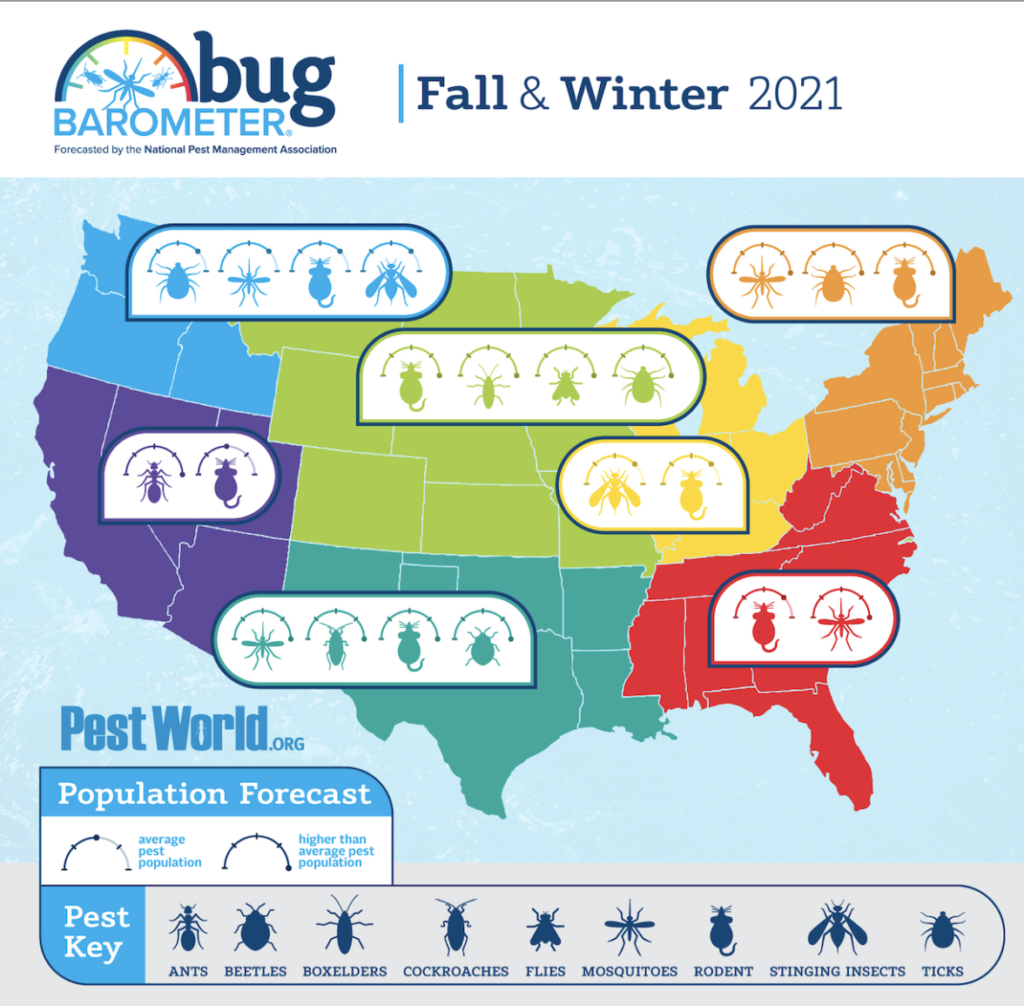Eastern Equine Encephalitis (EEE) is a rare illness spread by mosquitos in the northeastern US, as well as the east coasts of Canada and South America. On average, there are 11 cases of EEE in the US each year. However, the fact that it’s rare doesn’t mean you should let your guard down; it’s a very serious illness against which you should take preventative measures.
So far, there have been 13 recorded cases of EEE in the US in 2024. One of these cases occurred in Vermont, so even though this disease is extremely rare, it’s important to take precautions. Since mosquitos are the only way this disease is transferred to people, mosquito extermination is vital. Read on to learn more about the disease and how the Vermont Pest Control team can help keep you safe.
How is EEE Spread?
EEE is only spread by infected Culiseta melanura mosquitoes – also known as black-tailed mosquitoes. The mosquitoes become infected when they feed on infected birds. Then, they could spread EEE to horses, humans, and other animals. The EEE virus can only be spread to people by infected mosquitoes; it cannot be spread from person to person, or from horses to people.
What Are the Symptoms of EEE?
When a person is bitten by a mosquito carrying EEE, they will usually experience flu-like symptoms within four to ten days. Be on the lookout for the following symptoms:
- Fever
- Vomiting
- Muscle and joint pain
- Fatigue
Rare but very serious symptoms include disorientation, seizure, and coma. EEE can also cause brain swelling, which is a very serious condition that can lead to death if not treated promptly. If you think you may have EEE, seek medical attention right away.
Who is At Risk for EEE?
The age groups most at risk of death by EEE are those below 15 and above 50 years old. As we mentioned earlier, a single case of EEE has been identified in Vermont this year – a man in his 40s who ultimately survived the disease. Vermont health officials advise residents in Chittenden, Grand Isle, and Franklin counties, as well as parts of Addison and Rutland counties, to be especially careful to avoid mosquito bites.
While there is only a 5% chance that you will develop EEE if bitten by a carrier mosquito, there is a 33% mortality rate if you develop the disease. That’s why it’s so important to seek medical attention immediately if you think you may have EEE.
How is EEE Treated?
There is no specific cure for EEE, but treatment is most effective if caught early. Treatment involves supportive care like IV fluids and respiratory support. No antiviral treatment or vaccine exists. That’s why mosquito control efforts are such an important part of controlling this disease.
How Can I Protect Myself From EEE?
First of all, stay calm – while EEE is a severe and dangerous disease, it’s also exceptionally rare. With this in mind, there are a few precautions you should take.
-
- Observe any public health advisories, such as avoiding going out at dawn and dusk when mosquitoes are most active.
- Use mosquito repellent containing DEET.
- Avoid areas of standing water like swamps and wetlands; mosquitoes lay their eggs here, as well as using them as a water source. Also, dump out any standing water on your property; it can accumulate on tarps, in buckets, and more.
Professional mosquito control is the best defense against EEE; by reducing the mosquito population in the area, the Vermont Pest Control team can help prevent the spread of this disease. This is the most important protective measure you can take.
Call Vermont Pest Control for Mosquito Control & Prevention
If you’re worried about EEE in your area, you’re not alone. Mosquito-borne illnesses of all kinds are rare in the US, but they’re still very possible – and very dangerous. Luckily, mosquito prevention services from Vermont Pest Control can go a long way to keeping these diseases under control. If you want to protect yourself against mosquito-borne illnesses – or just reduce the risk of itchy bites – give us a call.
Give us a call today to get started with a free quote!

